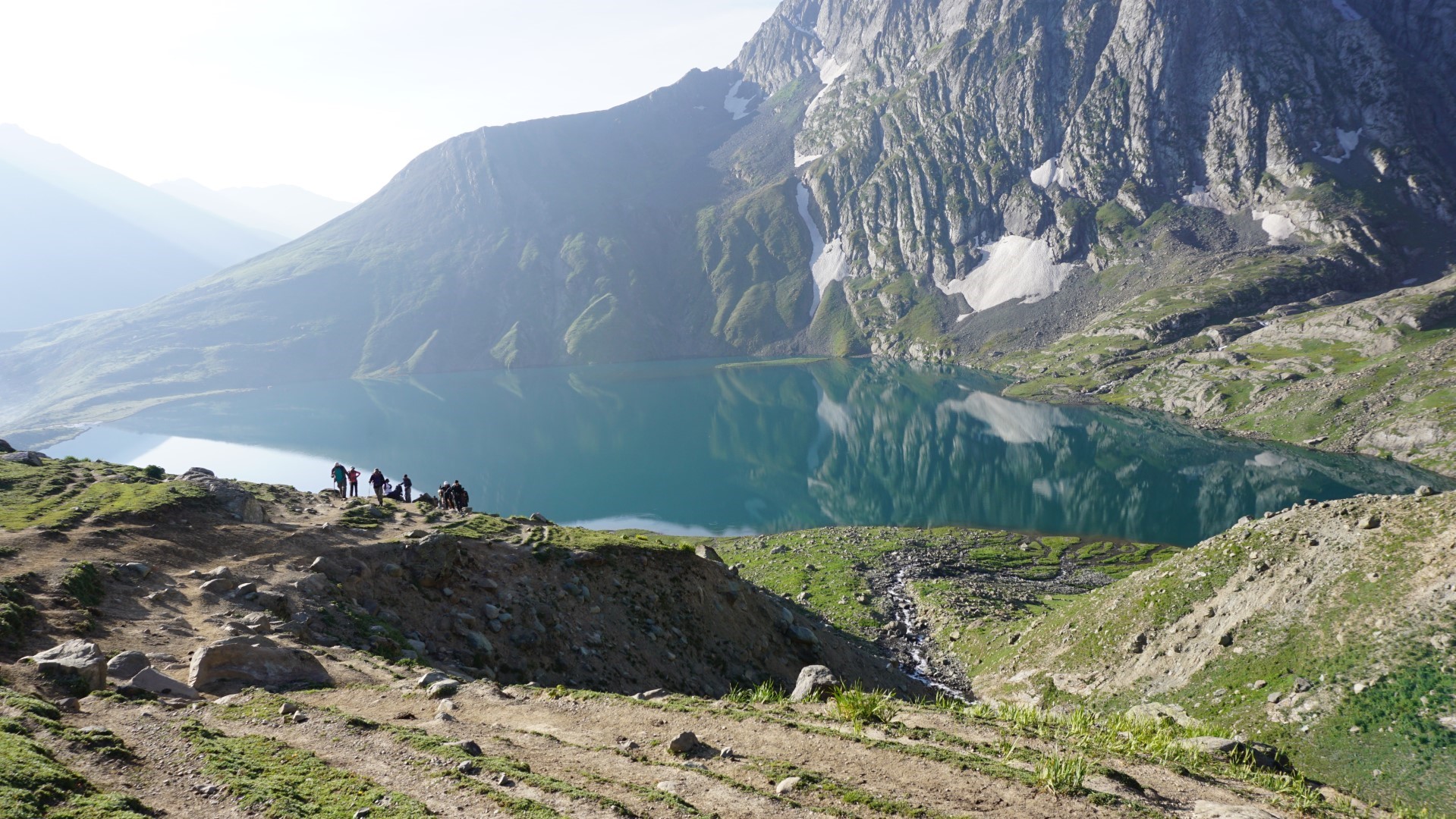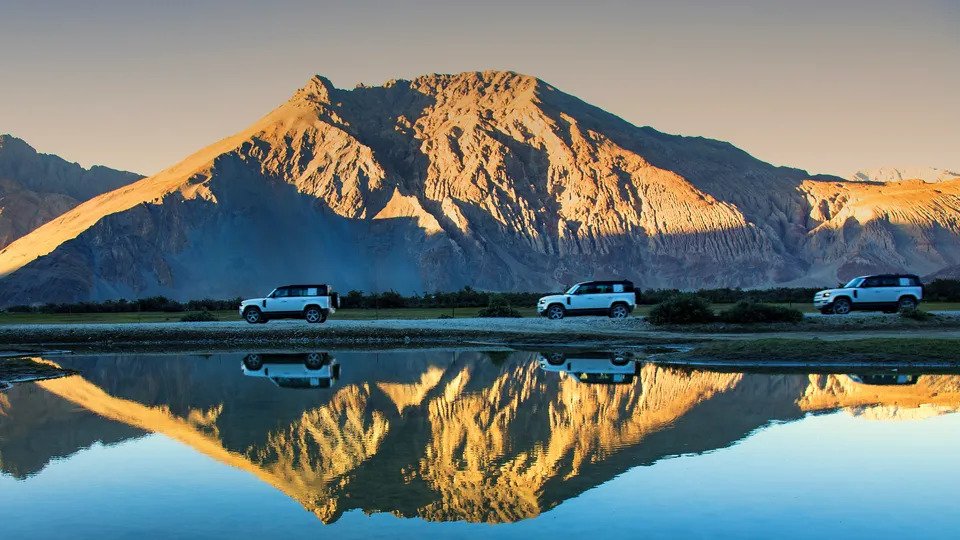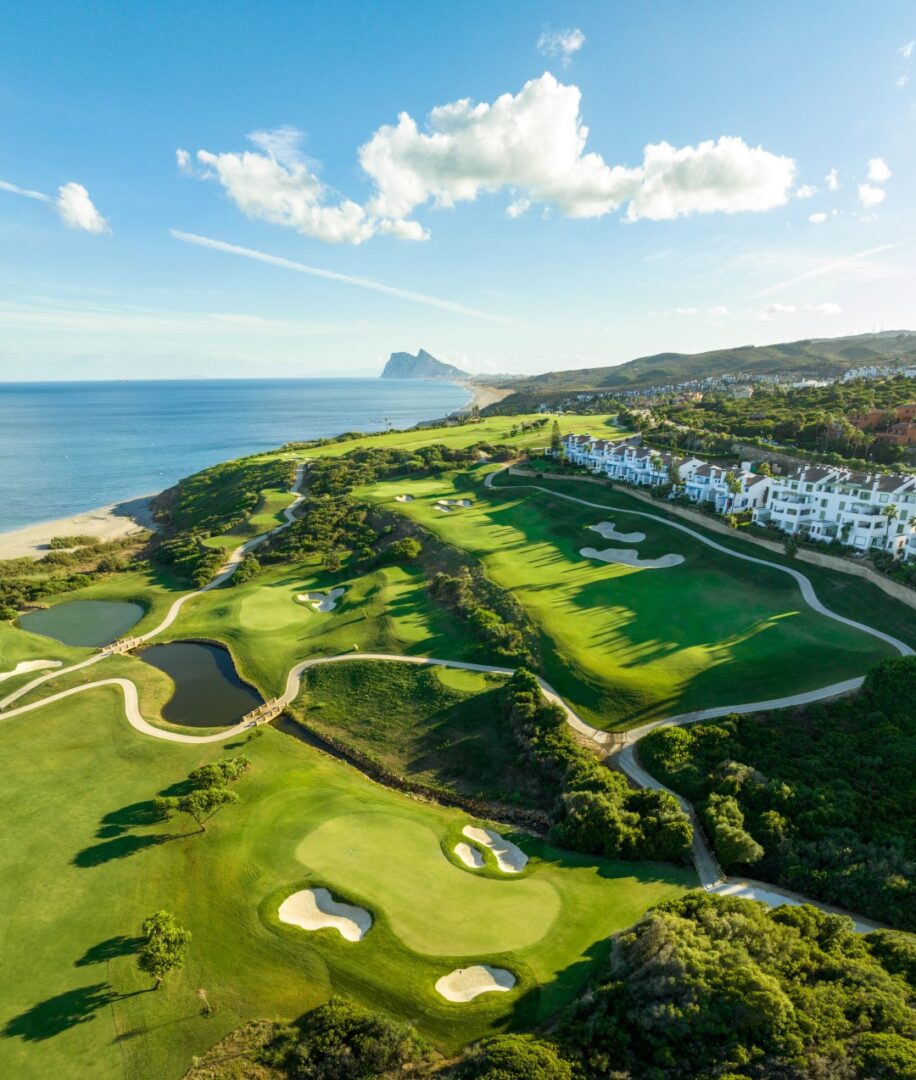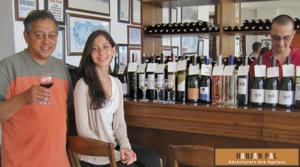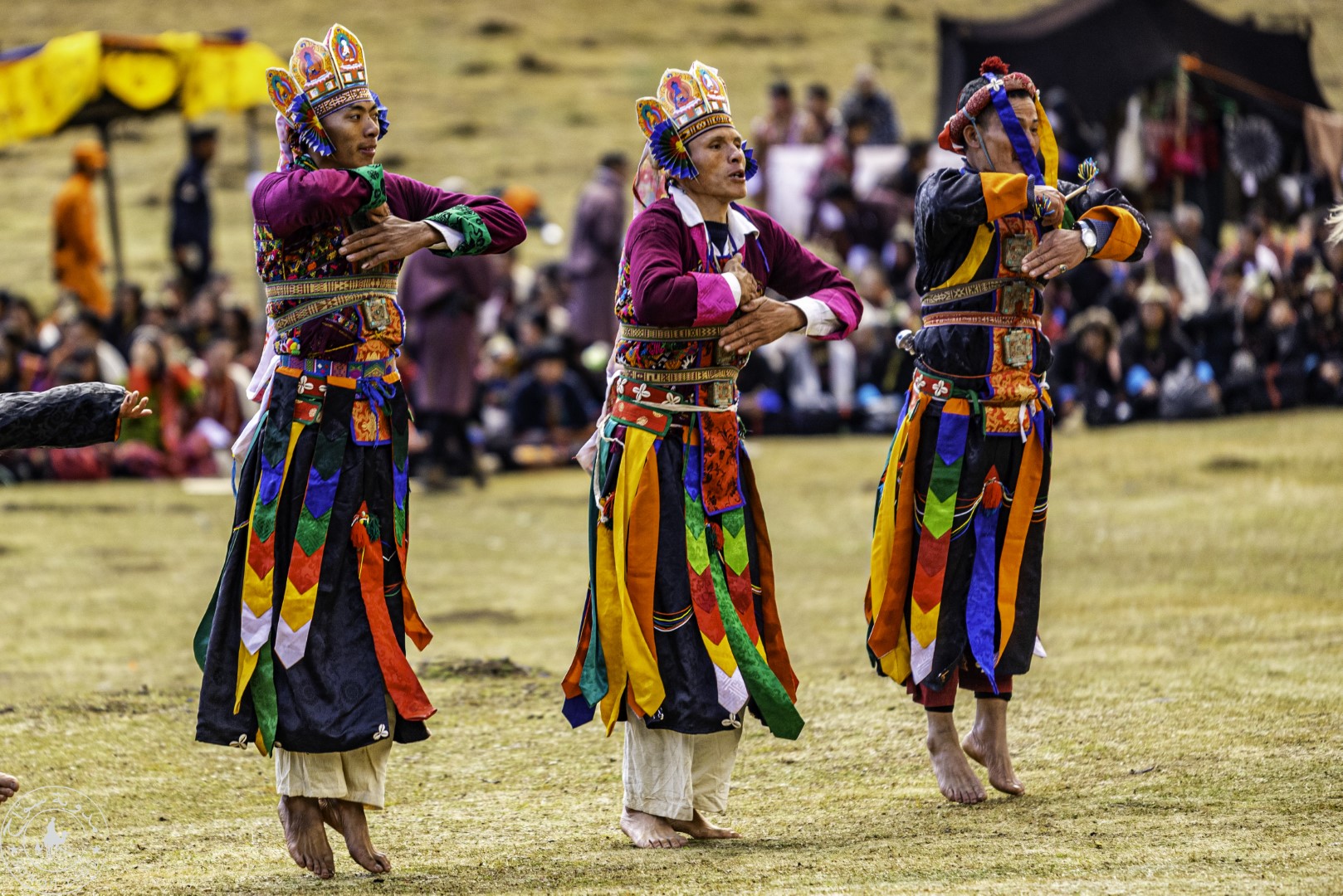

A Spectacle Of Tradition & Joy: Bhutan’s Royal Highland Festival
This article appeared online in Outlook Traveller on December 23rd ’23. You can see the original digital print here.
Festivals, known as ‘tsechus,’ are integral to Bhutanese culture. While they are great social events where entire communities come together to celebrate, they also carry tremendous spiritual significance, as the Bhutanese believe that by attending these special celebrations, they gain religious merit. For the outside observer, it is a chance to see the Bhutanese dressed up in all their finery as if for a wedding and to witness an explosion of colour, music and gaiety as the tsechus are celebrated through ritual masked dances called ‘chams’.
The Royal Highland Festival In Laya
Each major town in Bhutan—Paro, Thimphu, Punakha, and others—has its own tsechu celebrated annually for 2-3 days at different times of the year. So, it was in 2016 that His Majesty the King Jigme Khesar Namgyel Wangchuck decreed that there should be a special festival dedicated to appreciating and honouring the contributions of Bhutan’s highlander communities. The location chosen was a high plateau just above the hamlet of Laya, nestled among the highest mountains of this small Himalayan Kingdom. I was privileged to be invited as one of the first foreign media to witness the sixth edition of this unique festival.


The road to Laya is long and winding, albeit through some of the most scenic mountain countryside. After landing in Paro, you pass through Thimphu and Punakha, moving steadily northeast until you reach Gasa, a distance of almost 200 Km. While the Gasa Dzong (fortress) is not as grand as in Thimphu or as picturesque as Punakha, it is nevertheless an impressive gateway to the highlands. It enjoys a dominant view of the valley downstream.
Here, we change vehicles to a sturdy Mahindra Bolero to traverse the two-hour drive on unpaved roads to the Tongchudrak roadhead. While we switch cars, the King’s motorcade with shiny black limos and motorbike outriders whizzes as we all stand at attention. He and his young son, Prince Jigme Namgyel, are on their way to the festival—little did I know then that I was to have an unexpected personal encounter with him less than 24 hours later!


We set off from Tongchudrak after lunch, and the trail ahead is deceptively easy, climbing gradually through lush coniferous forests following the banks of the ice-blue Moo Chhu with its glittering rapids and sparkling waterfalls. I know that Laya is at 3800m, which means a substantial 700m climb from our starting point, but nobody has any real idea of where the going gets tough.
Unfortunately, we cross the halfway point and then the Moo Chhu just as the light begins to fade in the steep valley, and abruptly, the slope begins to steepen. We struggle in the gathering darkness, but soon, there is no choice but to call ahead for one of the ponies to carry me up. While I cling on for dear life to the saddle and feel the cold seep into my bones, our little party finally reaches Laya after 8 pm. I collapse onto the mattress in our homestay and, covered under a mound of woollen yak blankets, finally sink into an exhausted sleep.
The next morning, I woke from the sleep of the dead to a sparkling bright day. As I take in the stunning mountain vista from the wooden balcony of the homestay, all the exasperation and fatigue disappear as if by magic. Soaring rocky crags crowned by glittering snowfields rise from the deep forested valleys, reaching to the blue vault of the heavens, and this hamlet’s modest but neat wooden homes shine brightly in the sunlight.
Accommodation And Food
The homestay we are in is extremely basic, with an Indian toilet and no running water, but the warm welcome we felt from the landlady and her family is very genuine and heartwarming. I force down a breakfast of rice, fried pork, green vegetables and red chilli, and we make our way up the hill behind Laya to the festival plateau.


The top is marked by colourful fluttering prayer flags—blue, red, green, white and yellow—each representing the five elements: the sky, fire, earth, water and air. We are just in time for the opening procession (chipdrel) consisting of musicians blowing horns and banging drums who precede the King and Prince, followed by the senior priesthood and bureaucracy in strict hierarchical order looking resplendent in all their official finery. After the traditional offering of gifts (buelwa) and reciting a traditional epic poem and song (auley), the King declares the festival open.
The Stars Of The Show
The windswept plateau against its spectacular mountain backdrop is immediately transformed into a hub of fun-filled activity with ceremonial dances, beauty parades, sports competitions and animal exhibitions. The show’s stars are the parade of yaks, horses and mastiffs dressed up for the occasion, and I even get to ride on a huge yak, grinning from ear to ear like a schoolboy.
Meanwhile, the lead runners of the 25 Km Laya Run, who have covered twice the distance we did yesterday and in less than half the time, cross the finish line to the cheers of the crowd. Crowds throng the stalls where there is plenty to buy, from pungent yak cheese to the mysterious cordyceps fungus, which is phenomenally expensive since it is so difficult to find and harvest.


It is very clear that the Royal Highland Festival is the biggest annual party for the Layaps, who are all dressed up for the occasion, and everybody is having tons of fun with laughing faces and excited chatter all around us. Nor does the party stop when the sun goes down; it just moves downhill to the Laya village square.
Here, the entertainment is provided by the village council with many top Bhutanese dancing and singing celebrities on stage, and the packed audience loves it. Everybody is drinking, dancing, and partying to music that combines Bollywood and Thai K-pop.
A Close Encounter With The King
And that’s where I see the King standing silently to one side and watching his subjects enjoy themselves. He is taller than most Bhutanese at 1.80m and wearing a dark overcoat and there is a small circle of respect around him. I take my chances to breach it and engage him in conversation—we talk about his visit to Sanawar (our wives are both alumni of The Lawrence School) and our shared experiences on the iconic Drukpath trek from Paro to Thimphu.


He is extremely charming and easy to talk to with no air or grace, and suddenly, he suggests that we take a photo together. Now, you are not permitted to take photographs of the Royal Family unless the King specifically requests it. Naturally, I was delighted and quickly grabbed hold of my young guide Karma to take the shot on my mobile. It was the highlight of my trip and one for which I hope I gain many religious merit points.
Getting There
You can reach Bhutan from India via multiple entry points. If travelling by air, direct flights operate from major Indian cities like Delhi, Kolkata, Mumbai, and Bagdogra to Paro International Airport, Bhutan’s only international airport. Another option is by road through border crossings such as Phuentsholing, Gelephu, or Samdrup Jongkhar. Indian nationals don’t require a visa but a Bhutan Entry Permit and valid travel documents like a passport or Voter ID to enter. For air travel, Druk Air and Bhutan Airlines serve the route. Alternatively, buses, taxis, or private cars offer land travel. Check entry requirements and permits beforehand.
![]()
![]()

